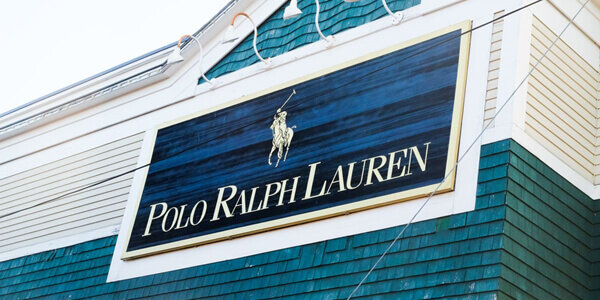
وسط ضعف المستهلك ، لا يزال الطلب على الرفاهية قوياً
طلب قوي بالرغم من ضعف المستهلك
تواجه العلامات التجارية الفاخرة ثروات مختلطة حيث يعاني الاقتصاد العالمي من ضعف المستهلك وسط جائحة COVID-19. في حين أن بعض العلامات التجارية الراقية تتغلب على العاصفة بشكل أفضل من غيرها ، فإن قاعدة عملائها الأثرياء تسمح لهم بمواصلة التداول من خلال الظروف الصعبة. ومع ذلك ، وجدت شركة الإعلانات عبر الإنترنت Criteo أيضًا أن العديد من المستهلكين من ذوي الدخل المنخفض يواصلون التسوق في نهاية المطاف ، حيث يخطط 54 ٪ من المتسوقين ذوي الدخل المنخفض إلى المتوسط لإنفاق نفس المبلغ أو أكثر على السلع الفاخرة. وبالمثل ، أفادت شركة برايس ووترهاوس كوبرز أن أكثر من ربع المستهلكين العالميين ما زالوا ملتزمين بشراء السلع الفاخرة ، حيث أشار 21٪ إلى أنهم يخططون لزيادة إنفاقهم خلال الأشهر الستة المقبلة.
أداء العلامة التجارية
كانت نتائج Capri الأخيرة أكثر صعوبة مما كان متوقعًا ، حيث انخفض إجمالي الإيرادات بنسبة 6 ٪ على أساس سنوي إلى 1.51 مليار دولار. انخفضت إيرادات الجملة بنسبة 20 ٪ ، مدفوعة بشكل رئيسي بانخفاض مبيعات منتجات Michael Kors. ومع ذلك ، فإن مبيعات التجزئة في Capri ، بما في ذلك المبيعات في Versace و Jimmy Choo ، واعدة ، مما يؤدي إلى الاعتقاد بأن المجموعة في وضع جيد على المدى الطويل.
كان لدى Tapestry ، التي تضم علامات تجارية مثل Coach و Kate Spade و Stuart Weitzman ، ربعًا إيجابيًا نسبيًا ، مع توسع الهامش الإجمالي وتغلبت الشركة على إرشاداتها. قام رالف لورين أيضًا بتنفيذ عودة ناجحة على الرغم من حذر المستهلك المستمر ، حيث ارتفع صافي الإيرادات بنسبة 1 ٪ إلى 1.8 مليار دولار في الربع الأخير. أخيرًا ، تم تقويض أداء Kering من قبل Gucci ، الذي يمثل ما يقرب من نصف إيراداتها ، مما دفع المحللين إلى التكهن بمستقبل العلامة التجارية.
